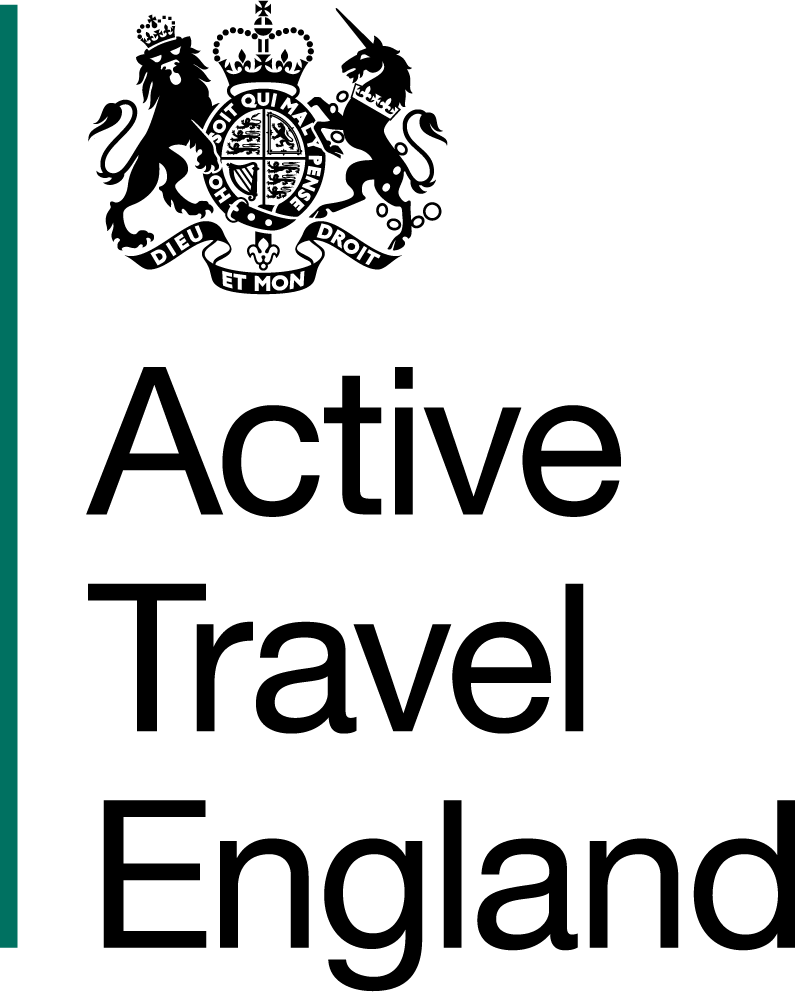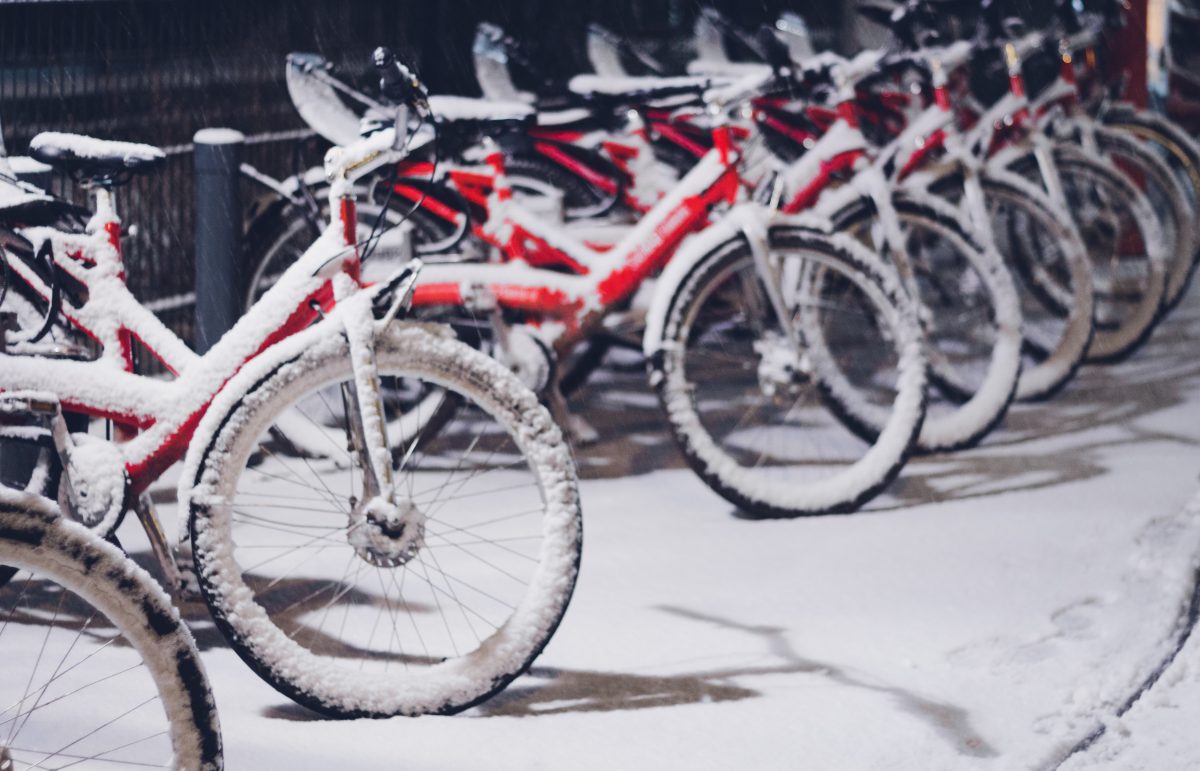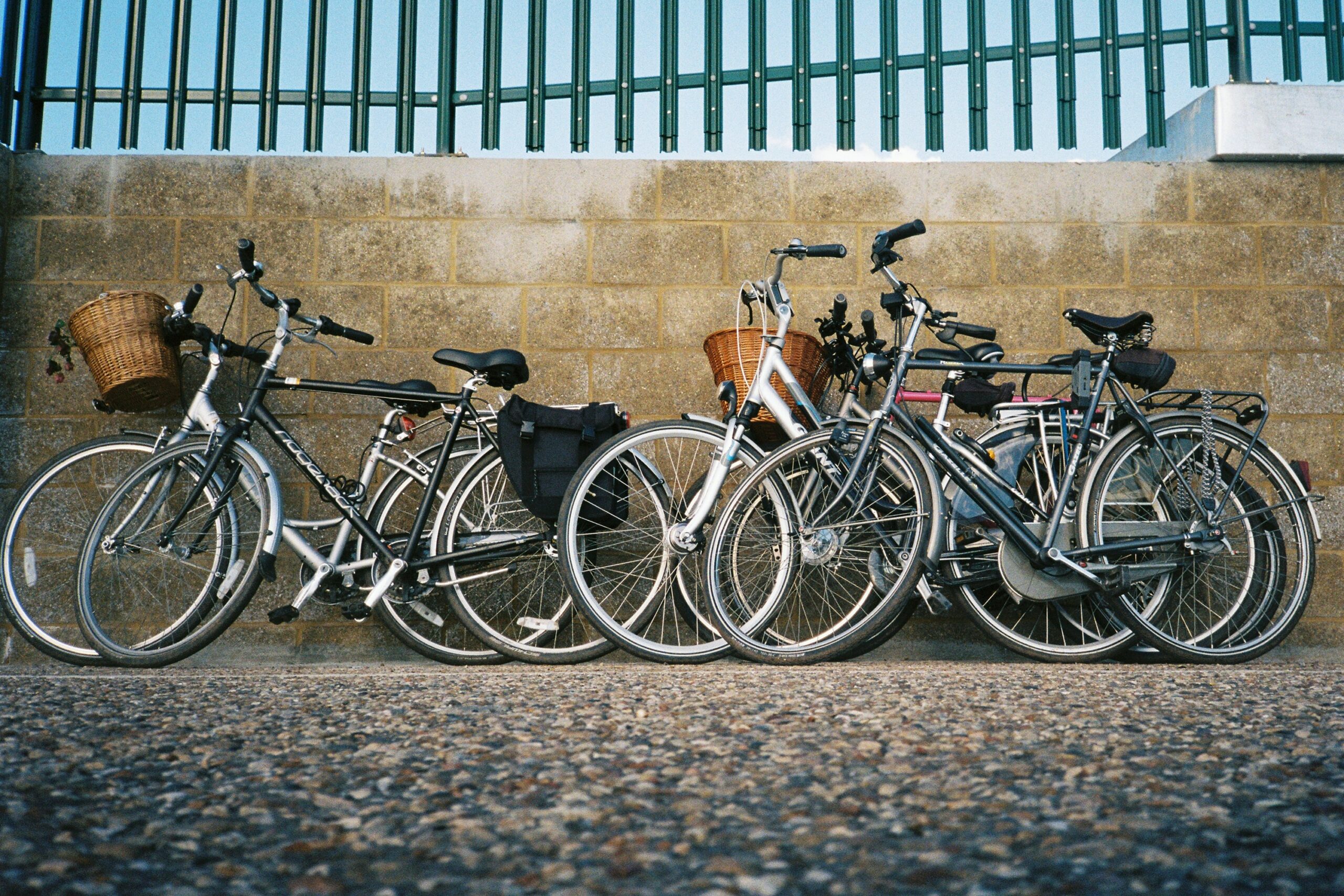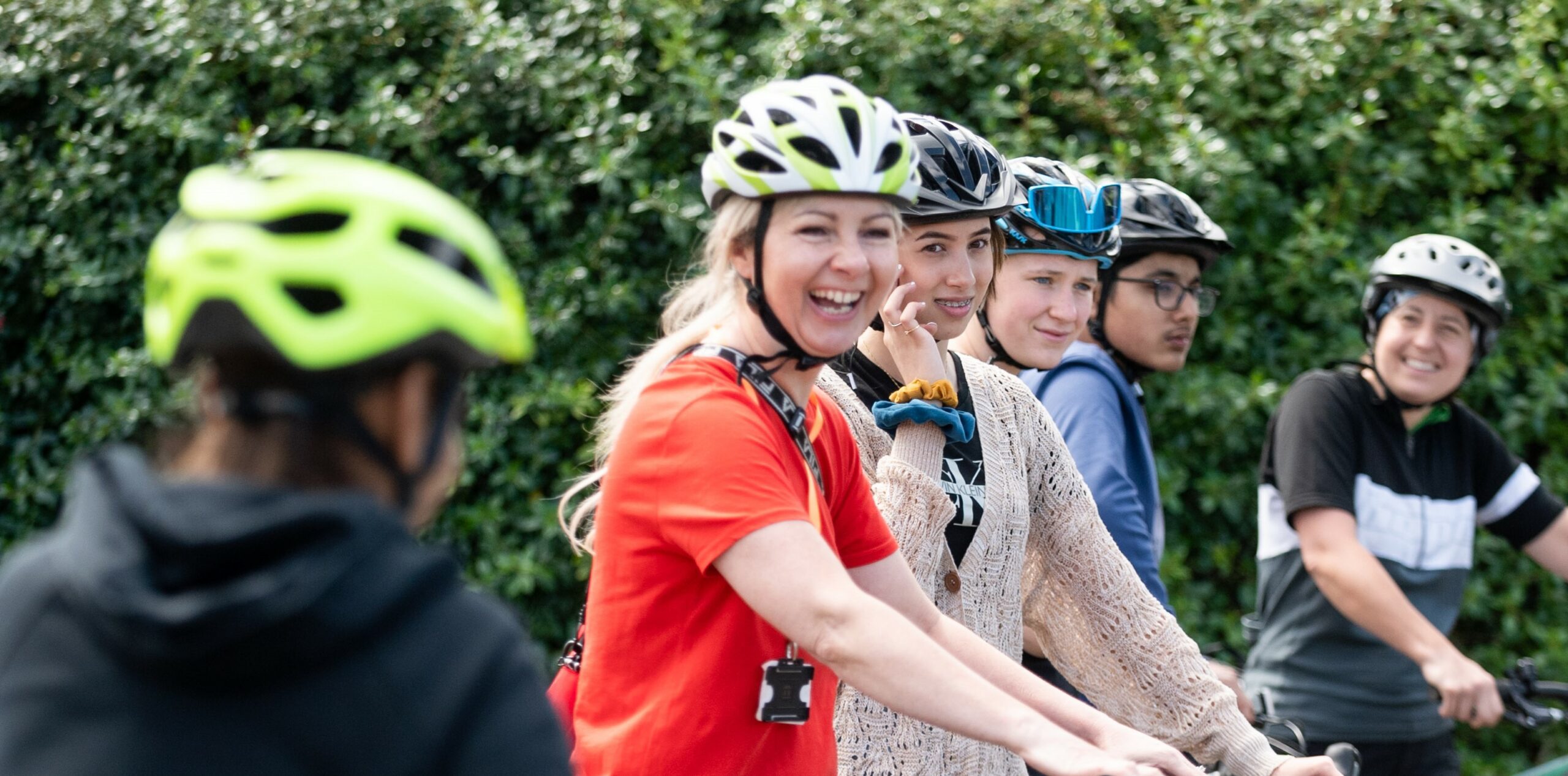Keep warm when cycling in winter UK
There’s nothing more likely to put you off cycling than freezing fingers and toes, so making sure you’re warm when you’re on your bike is our top winter tip. Thin layers are best, long sleeved thermals vest are great, and leggings or even tights under your trousers can keep you nice and toasty. Aim to keep your middle warm, as any extra heat will be sent out to the rest of your body. Vests and bodywarmers work well. You will still need a pair or two of good warm socks and of course gloves and a hat are a must. A hat under a helmet can keep your head nice and warm too.
Get a grip
Hard tires don’t grip as well, so consider not pumping your tires up as much as you usually do. Normally they should be as hard as an apple, but when it’s colder they are better a little bit softer. This means the tire will spread out more and there will be more surface area touching the road, giving them better grip. You can also get special studded tires you can use if the snow or ice gets really bad, but softer tires combined with our next tip should be enough in most parts of the country.
Go slow and pedal carefully
Going a bit slower might seem the last thing you want to do when it’s cold, but icy or slushy conditions can be dangerous. If you slow down you’ll be more able to see and avoid any icy patches more easily. Pedals can also be slippery when it’s wet, so pedalling carefully is important. You can get pedals with raised sections that grip better, they will stop your feet slipping off the pedals but watch out – they can be painful if you bang them into your shins by accident.
Wear hi-vis or clothing that is easier to see when cycling in winter UK
Hi-vis isn’t the most attractive, but as the nights get darker it can make a difference to whether someone can see you cycling or not. Light levels are also lower during the day in the winter months, so bright or light-coloured clothing can be useful. If you don’t want to wear a hi-vis top, you can get sashes and belts that are hi-vis and reflective, which can be worn over any coat so you will be more visible whatever outfit you’ve got on.
Use your lights
Putting your lights on during the day when it’s dull or cloudy helps you be more easily seen, and of course it’s essential at night as usual. If you can afford them, invest in a pair of rechargeable lights that you can charge up between rides – there’s nothing worse than realising your light has no juice just before you’re about to cycle home! It’s also worth having a spare pair or some back-up lights in case this happens. You can get cheap, battery powered lights that will do in a pinch. They aren’t very powerful though, so won’t be much use if you need to see where you’re going if it’s very dark and there’s no street lighting.
Don’t ride in the gutter
The gutter is where all the slush and ice accumulates – gritting machines often miss them out completely, and cars don’t drive close enough to spread the salt around. You are also less visible to cars here, so make sure you are at least 0.5m (just over 1.5 feet) away from the kerb at all times.
Keep your bike clean and lubricated
Keeping your bike clean is even more important in winter – if roads are gritted, the salt can corrode bike parts if it isn’t washed off. Lubricate your chain and other moving parts – except the brakes, which should never be lubricated as that will stop them working. A wet lube, which keeps your chain lubricated even when it’s wet, should be all you need, but you can even get lubricants that work in minus 50, although hopefully it won’t get that cold!
Revisit your route
If your usual route is through meandering country lanes with no street lighting or a road that never gets gritted, it might be worth thinking about cycling a different route that will be easier and safer to cycle. Cycle paths don’t always get gritted, but they might be a good choice as they are often popular and you can go slower than normal without worrying about cars around you.
Keep an eye on the weather
If the weather is really bad, the snow is extra thick, the roads are really icy, or you just don’t fancy cycling, then picking a different mode of transport is totally acceptable! The most important thing is for you to be safe and feel happy and confident when you’re cycling. A miserable winter cycling experience is no help to anyone, so don’t feel guilty about leaving your bike at home if you aren’t feeling it.
If you are interested in Bikeability courses to improve your confidence and skills or to develop your cycling in Winter UK, for you, your family or a child, find out more about our courses here.




